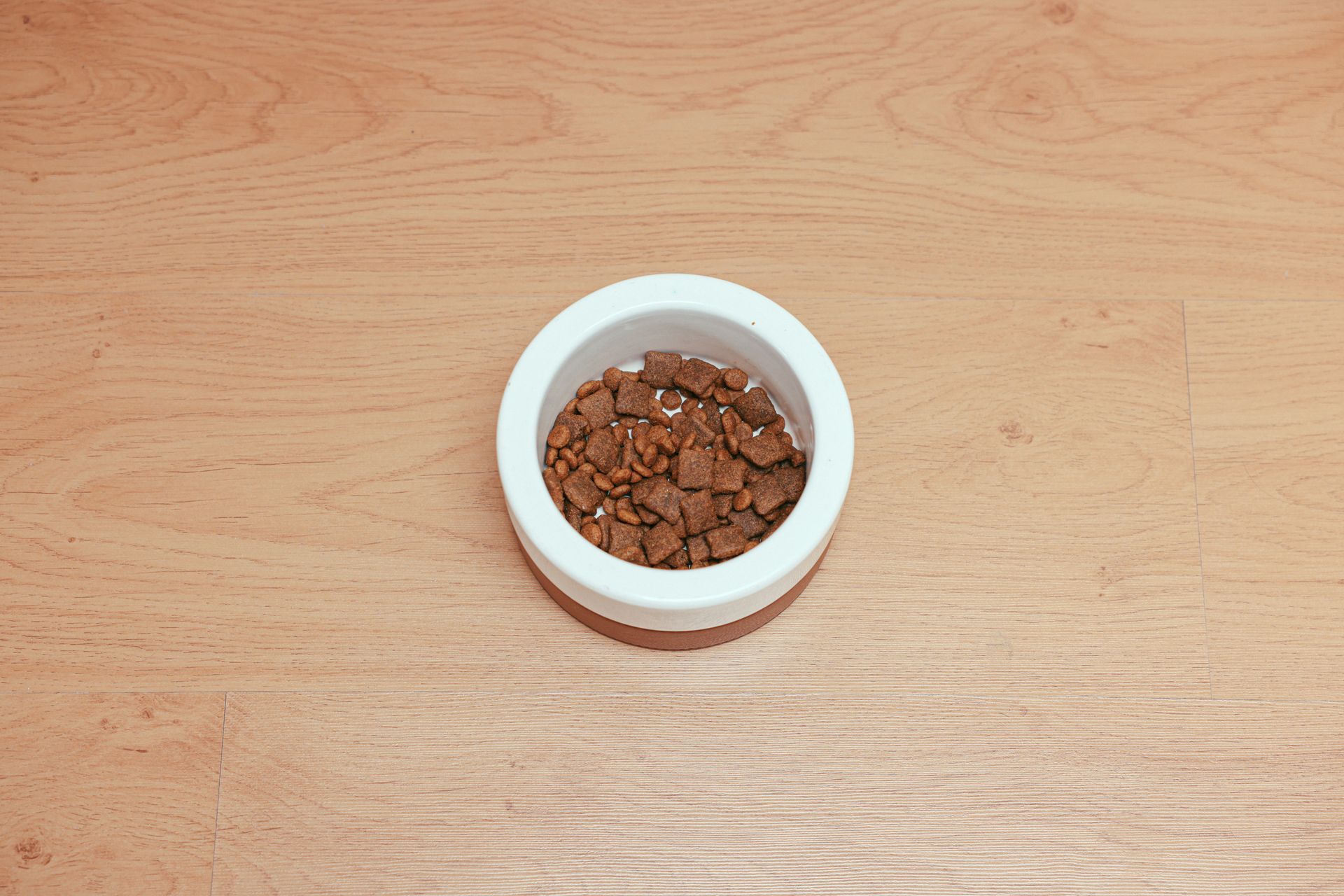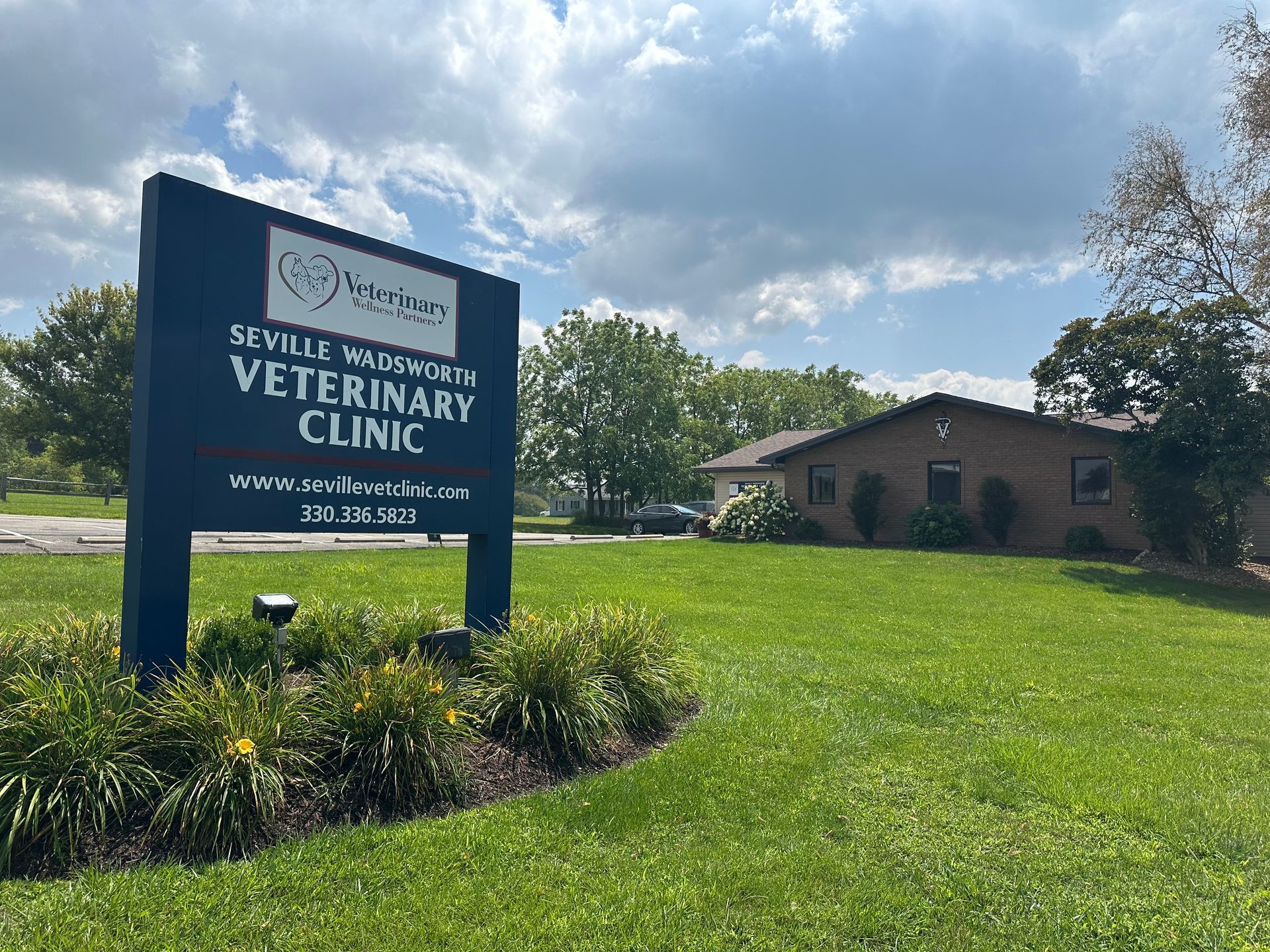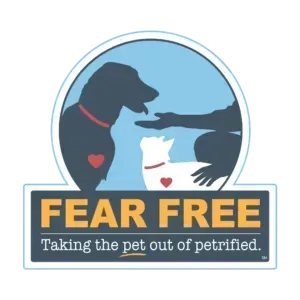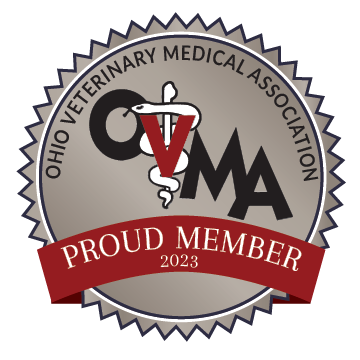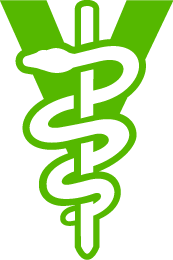Normal Labor and Delivery in the Dog
BE PREPARED
Giving birth can be a frightening, confusing and painful experience for both the dog and the owner. Knowing and understanding normal labor and delivery, as well as proper pregnancy care, can help make the process go more smoothly and help you know what is normal and when it is time to get the veterinarian involved.
GESTATION
In the bitch, a female dog, gestation lasts 63 days. Knowing the exact time of conception, however, is difficult since a bitch can be receptive to the male before and after ovulation. For this reason, the time from breeding to delivery is usually somewhere between 58 to 70 days. Your veterinarian can help narrow this time frame by examining the cells of the vaginal wall.
Be aware that just because your bitch bred does not mean she is pregnant. Some dogs will even show signs of pregnancy and not really be pregnant. There is a phenomenon in dogs known as false pregnancy or pseudocyesis. For confirmation of pregnancy, an examination, with ultrasound and possibly X-rays by your veterinarian, is suggested.
NUTRITION
Once pregnancy is confirmed, proper care of the mother-to-be is very important. Before breeding, make sure she is up to date on all her vaccinations. It is not recommended to vaccinate your dog during pregnancy. Also, make sure she is dewormed and tests negative for a bacteria known as Brucella. This bacteria can cause abortion in dogs and is also contagious to people.
After breeding and conception, most bitches do well during the first 4 to 5 weeks of pregnancy and do not need any special treatments. Things start to change during the last trimester (week 5 to 6). The babies start to rapidly develop and this results in a significant nutritional drain on the mother. At this time, you may want to consider gradually changing her diet to a growth type diet or a food specifically made for pregnant or lactating bitches. Continue this diet throughout the remainder of pregnancy and until the puppies are weaned. Vitamins or other supplements are not recommended nor needed. With a proper diet, your dog will receive the proper amount of nutrients. Excessive amounts can actually result in birth defects.
Do not begin feeding your dog a higher calorie food before the last trimester. This can lead to weight gain and fat deposits. This has the potential to cause difficulty in maintaining the pregnancy and can result in problems delivering the puppies.
PREPARING FOR DELIVERY
As the time of delivery approaches, you may want to make a whelping box to provide a safe and clean area for your dog to deliver. Whelping boxes are intended to be easily accessed by the mother but escape proof for the new arrivals. You can use wood, Formica or any building material that is easy to clean. Make the box large enough for the bitch to comfortably stretch out. Make sure the sides are just low enough for the mother to step over and place the box in a warm, dry, draft-free area. If possible, try to choose a quiet and secluded area. Initially, place newspapers on the bottom of the box for easy clean up. Once all the puppies are born, place blankets or towels to provide some footing for the puppies. Be aware that you must get the bitch used to the whelping box before the birth. If not, she may make her own decision on where to have the puppies – and this may be a closet, a pile of fresh clean laundry or even in the middle of your bed!
An additional suggestion is to have your dog examined by a veterinarian toward the end of pregnancy. A thorough physical exam, along with ultrasound or X-rays can help determine how many puppies you can expect. This way, you will know when she is done delivering and not just in another resting phase between pups.
LABOR AND DELIVERY
As the time of delivery approaches, twice daily monitoring of the bitch’s body temperature will help alert you to the impending birth. About 24 hours before the beginning of labor, there will be a temporary drop in the body temperature. Normal temperature is 101 to 102.5 degrees Fahrenheit. Twenty-four hours prior to labor, the temperature can drop to 98 to 99 F.
LABOR STAGE I
After the temperature drop, stage I labor begins, characterized by restlessness and anxiety. You may notice panting, pacing, refusal of food and maybe vomiting. Nesting behavior begins. This is the time to place her in the whelping box (hopefully she is already accustomed to the box). After getting settled in the whelping box, you may notice her dragging clothing or fabric to the area to form a comfortable bed. You may want to remove any clothing as whelping begins or these pieces of clothing may be permanently stained.
This stage of labor typically lasts 6 to 12 hours. At the end of stage I, the cervix is completely dilated. If your dog has not started whelping within 24 hours after beginning stage I labor, veterinary assistance is recommended.
LABOR STAGE II
Stage II labor is defined as the part of labor when the puppy is delivered. Visible contractions begin. The abdomen tenses and the bitch begins straining. This action will appear similar to the bitch trying to have a bowel movement.
The first puppy should be delivered within 1 to 2 hours of the onset of contractions and straining. Veterinary assistance is strongly encouraged if the first puppy is not delivered within 2 hours after the onset of contractions.
After delivery of the puppy, the bitch may enter a resting phase that can last up to 4 hours. Active straining will begin again and more puppies will be delivered. If you know there are additional puppies yet to be born and the resting period is longer than 4 hours, veterinary assistance is necessary. This resting phase may not occur after each delivery. Sometimes, several puppies may be born rapidly.
LABOR STAGE III
After delivery of a puppy, the bitch may enter stage III labor. This is the time when the placenta, after birth, is delivered and usually occurs 5 to 15 minutes after delivery of the puppy. If multiple puppies are born rapidly, several placentas may be expelled together. After the passage of the placenta, the bitch will return to stage II labor. She may continue the resting phase or begin contracting. Throughout whelping, the bitch will fluctuate between stage II and stage III labor until all the puppies are born. It is very important to keep track of the number of placentas. There should be the same number of placentas as puppies. If a placenta is retained in the uterus, the bitch will eventually become quite ill.
WHELPING
As soon as the puppy is born (whelped), the mother should immediately start cleaning the puppy. She should begin vigorously licking the puppy, remove him from the amniotic sac if still present and chew the umbilical cord. The bitch may even ingest the placenta. This is not necessary and, sometimes, can lead to vomiting and diarrhea. Prompt removal of the placentas can help you keep track of how many placentas she has passed.
Those puppies that are born still in the sack need immediate help. If the mother does not open the sack and begin cleaning the puppy, it is up to you to help. Tear the membrane of the sack and begin cleaning and rubbing the puppy with a clean dry towel. Cleaning other puppies may be necessary if the mother is not showing much interest in her newborns. Tie off the umbilical cord about 1 inch from the belly wall using string, thread or dental floss. Cut the cord off on the other side of the tie. Clean and rub the puppy vigorously until you hear crying. Place the puppy back with the new mom and make sure she allows the puppies to nurse.
Being prepared to assist and understanding newborn puppy care is essential to help the mother and her babies through these first steps of life.

